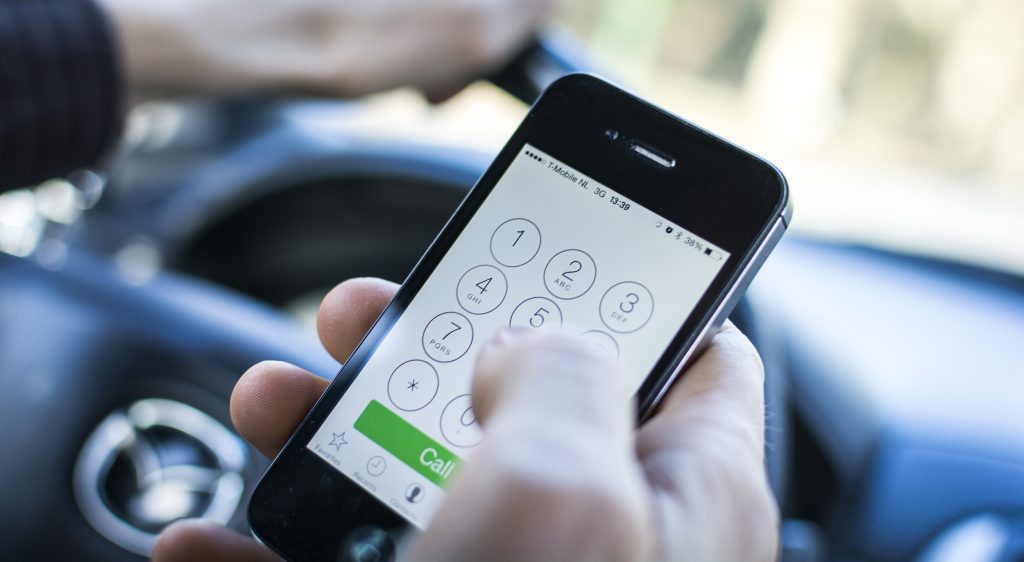Using our iPhones for calls, texts and apps like FaceTime while driving is obviously dangerous. Still, many people ignore the documented risks and drive distracted. But when drivers using iPhones kill or injure innocent members of the public, should Apple be legally responsible?

Two families are arguing the company should undoubtedly be responsible. On Christmas Eve in 2014, a five-year old girl was killed and members of her family were injured when a 22-year-old man crashed into the rear of their car. At the time of the collision, the driver was allegedly distracted by FaceTime on his iPhone. In April of 2013, a five-year-old boy was paralyzed and his grandmother was killed when a 21-year-old woman driving an SUV hit their car while allegedly distracted by texting on her iPhone. Two unrelated families were tragically and inextricably connected by Apple’s iPhone.
Each family filed a lawsuit against both the driver and Apple, alleging the company can disable texting and FaceTime for drivers but does not – and had the company done so, the lawsuits argue that these tragedies would never have occurred.
Is it fair to hold Apple responsible for drivers’ decisions to use the iPhone behind the wheel? To make a fair judgment, courts examine whether a party:
- Was aware of the potential harm that could occur from the use of its product,
- The foreseeability that harm would result under the circumstances, and
- Whether it was feasible to make the product safer.
In court filings, each family referenced US 8,706,143, “Driver Handheld Computing Device Lock-Out,” a 2008 Apple patent that was granted in 2014. This technology, according to Apple, would provide a “… lock-out mechanism to prevent operation of one or more functions of handheld computing devices by drivers when operating vehicles.” Apple also indicated in its patent that it could distinguish between a driver’s use of the iPhone from that of passengers, so that passenger cell phone use would not be limited.
Further, Apple noted that, “… texting while driving has become a major concern of parents, law enforcement, and the general public. An April 2006 study found that 80 percent of auto accidents are caused by distractions such as applying makeup, eating, and text messaging…”
Based on this published text, it would appear Apple was aware of those risks and its ability to incorporating the lock-out mechanism to make its iPhone safer.
Most recently, a class action against Apple was filed under California’s Unfair Competition Law. The lawsuit seeks an injunction prohibiting the sale of any iPhones in California without inclusion of the lock-out mechanism and an injunction requiring Apple to update all previously sold iPhones with the technology.
Implementation of Apple’s lock-out technology in the iPhone would undoubtedly prevent tragedies like those involving the five-year olds irrevocably harmed in preventable crashes. Considering Apple has already profited immensely from turning many of us in slaves to our phones, the company can and should now lead the effort in preventing senseless distracted driving crashes and incorporate its lock-out mechanism in all iPhones.




